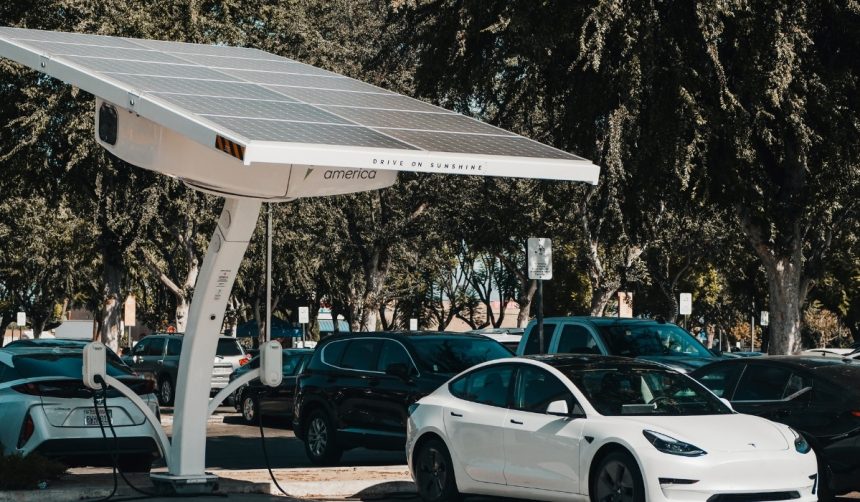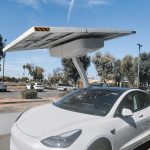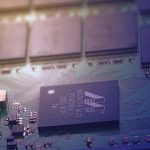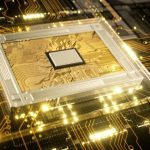Tesla has introduced a new feature in its Full Self-Driving (Supervised) v14.1.3 update, responding to owners’ ongoing concerns about camera cleanliness impacting vehicle autonomy. The enhancement, arriving as part of Software Version 2025.32.8.15, enables vehicles to automatically clean the essential front windshield camera—an area frequently affected by dirt and condensation. This new function addresses user-reported issues where visibility problems temporarily disabled or limited Full Self-Driving (FSD) performance, especially on longer trips or in adverse weather. With this update, Tesla continues to address real-world feedback while refining its camera-only Tesla Vision solution, which distinguishes its autonomous technology from competitors that rely on additional hardware such as lidar or radar. The move reflects Tesla’s intent to use over-the-air upgrades to proactively solve operational challenges and enhance driver experience.
Earlier updates targeted improvements in FSD’s software logic or traffic handling. Announcement of Tesla Vision in prior years phased out radar and ultrasonic sensors in favor of a camera-based approach, sparking debate about reliability in poor visibility. Up to now, owners noted that environmental debris and condensation could disrupt autonomous operation, requiring manual intervention or cleaning. Other automakers have experimented with hardware cleaning solutions, but Tesla’s latest implementation endeavors to minimize the need for user involvement through automated mechanical responses within its camera suite.
What Solution Does Tesla’s Software Update Provide?
The new automatic camera cleaning function works by recognizing visibility issues and promptly activating washing mechanisms. If the camera lens becomes obscured by dirt, condensation, or similar debris, the system initiates a cleaning cycle, aiming to restore optimal sensor function without the driver’s manual input. Tesla’s release notes state:
“Added automatic narrow field washing to provide rapid and efficient front camera self-cleaning, and optimize aerodynamics wash at higher vehicle speed.”
This automated process is especially relevant as the front windshield camera plays a critical role in Tesla Vision’s FSD capability.
How Does This Feature Affect Users and Vehicle Performance?
By reducing interruptions in FSD availability due to camera blockage, Tesla seeks to streamline the autonomous driving experience for users. Fewer manual cleans translate to less downtime and more consistent performance, especially in regions or climates prone to dirt and precipitation. A company representative highlighted:
“We’re committed to ongoing software enhancements that make every trip safer and more convenient for our drivers.”
This approach also demonstrates the company’s reliance on software-driven improvements rather than costly hardware modifications, aligning with Tesla’s characteristic development strategy.
Why Is Automated Camera Cleaning Critical For Tesla’s Camera-Only System?
Given Tesla Vision’s total reliance on visual data from cameras, reliable sensor performance is foundational to FSD safety and functionality. Automated cleaning helps overcome environmental limitations that could jeopardize system reliability, keeping driver-assist features available even when roads are wet or dirty. This minimizes one of the most cited user frustrations and further distinguishes Tesla’s solution from sensor-heavy alternatives, reinforcing the company’s investment in “pure vision” rather than hybrid sensor platforms.
Vehicle autonomy systems require continual adaptation to real-world driving conditions, and sensor cleanliness impacts both system safety and effectiveness. Tesla’s solution contrasts with industry trends where some manufacturers introduced physical cleaning mechanisms as part of their hardware. While Tesla’s prior releases focused on navigation, object detection, and regulatory compliance, the new update illustrates an approach that tackles reliability at the sensor level using software-triggered responses. For individuals considering FSD features, this addition offers practical assurance against common maintenance interruptions, although its real-world impact will require further user validation. Owners should stay informed about how updates like this can improve system reliability in day-to-day use.










